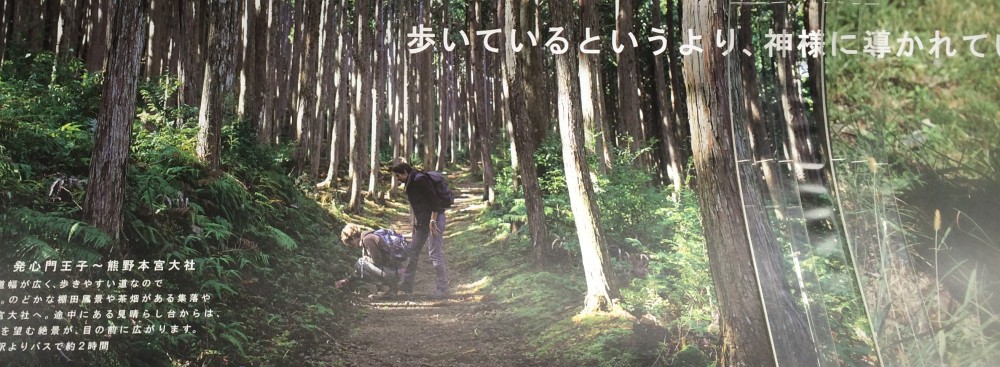Imagine that you are lying in sunlit pool of still water, and you are dreaming. Your dreams are vivid, colorful and profound; but you are the sole spectator and the sole participant. The pool remains still without a single ripple until you sit up and start to share your dream.
An author may write a masterpiece or at least a lovely poem of book that would be a delight to the eyes of many, but if no one knows of the creation, no one but the creator can enjoy it. So here is the frustration of many an independent author who has chosen the path of self-publishing.
The first step is, of course, to make sure that the dream in your soul is written and illustrated in the best and most excellent fashion. Too many self-published books are in dire need of editor and professional artist to rescue them from oblivion. In some cases, there is no earthly help for them and they should become the compost for stronger creations to follow.
If you do have a polished and carefully crafted piece of true literature, then your journey has only begun. The dream is over. It’s time to wake up and make some ripples in the blogosphere. Here are a few places to start:
- This website may be dedicated to you as an author or an illustrator, or it may be created for one single literary endeavor; a book or a series of books, etc.
- Your webpage should be simple, straightforward and well-designed. Keep in mind what it is you want the page to do… promote the book, author or series? become a gathering place for other creators? support educators with lesson plans relating to your book?
- Update your webpage frequently to keep the content and interest fresh.
2. Create other promotional avenues
- Consider creating a Facebook page or a Twitter account for the book. (twitter hashtags listed below)
- Post jacket cover photos on the internet by way of TinyPics. (http://tinypic.com/index.php)
- Become an active poster and sharer on Pinterest, LinkedIn, GoodReads or other social networking sites.
3. Get the word out!
- Find relevant bloggers that may agree to review your book or mention it in a post. (Possible iBook kid lit reviewers listed below.)
- Find legitimate book reviewers specific to your genre and intended audience. (These are few and far between for electronic illustrated children’s books.)
- Try to get some airtime on GoodReads (but if you’re new, your title may not even show up in the search box)
- Create your own blog posts and review site. (Yes, that’s what I’m doing now)
#ebooks, #ibooks, #kidlit (children’s literature), #tlchat (teacher-librarians)
#bookapps (book-like apps for iPad, Android, etc.), #childrensbooks, #dads, #moms
#ece (early childhood education), #edapp (educational app), #ePrdctn (electronic production or book designers)
#kidlitchat, #kidlitPRchat (marketing children’s books), #kids, #kidsbooks
#library, #librarians, #litchat, #literacy
#pblit (picture book literature), #pblitchat (picture book literature chat), #picturebooks
#publishing, #SCBWI (Society of Children’s Book Writers and Illustrators)
#selfpublishing

